Get ready to dive into the fascinating world of plants in the savanna. These sprawling grasslands are like giant canvases where nature’s artistry takes center stage. From the ground up, plants have evolved incredible ways to thrive in this sunny and dry habitat. Join us as we explore the secrets of these botanical wonders, uncovering their cool adaptations and the amazing ways they interact with the buzzing life around them. Let’s lose ourselves in the enchanting tapestry of the savanna’s plant kingdom!
Savanna’s Plant Life: A Tapestry of Resilience
Step into the savanna, a vast expanse where grasslands meet the sky and plants have evolved to thrive in this unique wilderness.
Acacias: The Guardians with Thorny Arms
Imagine towering acacias, their branches studded with sharp thorns like fierce soldiers. These trees have a secret weapon though, tiny ants that live in their hollows, protecting them from hungry animals. And guess what? Their roots go deep, anchoring them like steadfast pillars against the unforgiving winds that howl across the savanna.
Thatching Grass: The Emerald Carpet
The savanna is a sea of emerald, carpeted by thatching grass that sways in the wind like a chorus of rustling leaves. It’s not just a pretty sight; herbivores graze on it and birds build their nests among its blades.
Jackalberry: The Enduring Spirit
Scattered across the savanna are jackalberry trees, their gnarled trunks and leathery leaves telling tales of their resilience. They withstand drought and heat, offering sweet fruits to animals and humans alike.
River Bushwillow: The Oasis by the Stream
Along the winding rivers that cut through the savanna, river bushwillows dip their graceful branches into the cool water. They create a leafy haven for birds, animals, and their roots help keep the water clean.
Survival Strategies: The Art of Adaptation
Savanna plants have mastered the art of survival. They can withstand drought, resist wildfires, and fend off grazing animals. It’s like they’re wearing a suit of armor, tailored to protect them in their harsh environment.
Ecological Importance: The Unsung Heroes
These plants are the unsung heroes of the savanna. They provide food for animals, hold the soil together, and filter the water. Without them, the savanna would lose its vibrancy and balance.
So, let’s celebrate the plants in the savanna, the resilient and beautiful tapestry that sustains this captivating ecosystem. Their stories of adaptation and ecological importance are a reminder of the interconnectedness of life on Earth.
Get interesting facts about the savanna, like what it is, its climate, and diverse wildlife. Find out what animals live in the savanna, their adaptations, and their interactions with each other and the environment. Discover what lions eat in the savanna, their hunting techniques, and their role in the savanna ecosystem.
How do savanna plants adapt to the unique conditions of their habitat?
Imagine you’re in the heart of a savanna, a vast grassland with scattered trees. It may seem like a harsh place to live, with scorching heat, unpredictable rainfall, and not much soil to grow in. But the plants that thrive here have developed some amazing adaptations to make it their home.
Thirst-Quenching Tools
Savanna plants know that water is precious. To keep themselves hydrated, they’ve developed thick, waxy coatings on their leaves and stems. This waxy layer helps seal in moisture, like a built-in raincoat.
But that’s not all. They also have large, fleshy stems that act like water reservoirs. Think of them as giant water bottles that keep them going during dry spells.
Root Runners
The roots of savanna plants are like marathon runners, reaching out far and wide to grab every drop of water. They spread out close to the surface, where the soil is moist after it rains. They’re also tough enough to dig deeper into the ground, searching for water where others can’t.
Grazer Guardians
With all those tasty grasses around, savanna plants need to protect themselves from hungry grazers like zebras and elephants. They’ve grown sharp spines and thorns to keep animals at bay. It’s like putting up a barbed wire fence around your garden!
Fire-Resistant Champions
Fires are a part of life in the savanna. But savanna plants are no shrinking violets. They’ve evolved thick bark to shield them from heat, like wearing a fireproof vest. Some even have a lot of moisture in their wood, which makes them harder to burn. And here’s the cool part: many savanna plants can sprout up again after a fire, like phoenixes rising from the ashes.
Key Takeaways:
- Savanna plants have waxy coats to stop water loss.
- They store water in their big, juicy stems.
- Their roots travel far and wide, searching for water.
- Spines and thorns protect them from hungry animals.
- They handle fires with thick bark, moist wood, and the ability to regrow.
So, there you have it. Savanna plants have developed clever adaptations to survive in a challenging environment. They’ve mastered water conservation, root systems, protection from hungry animals, and fire resistance. It’s a testament to the amazing resilience of nature!
Discover the remarkable diversity of savanna flora and their ecological significance
Imagine a vast natural mosaic of towering trees, carpets of verdant grasses, and bursts of vibrant wildflowers. This captivating tapestry is the savanna flora, an ecological wonderland that supports a thriving symphony of life.
Grasses: The Foundation of the Savanna
Vast swaths of the savanna are carpeted in grasslands, the cornerstone of this ecosystem. Their tenacious roots grip the soil, shielding it from erosion. They feed countless herbivores and provide nesting havens for feathered friends. Even through droughts and fires, they bounce back with astonishing resilience.
Trees: Sentinels of the Savanna
Like majestic watchtowers, trees stand tall amidst the grasslands. They spread their leafy canopies, offering respite from the relentless sun and rain. Their deep-reaching roots anchor the soil, preventing it from being swept away. And their fruits and leaves nourish a multitude of creatures.
Shrubs: Filling the Gaps
Shrubs, like puzzle pieces, fill the spaces between grasslands and trees. They provide a haven for animals, offering food and shelter. Their presence also aids in soil conservation, preventing it from washing away during heavy rains.
Wildflowers: Colorful Beauties
When the rainy season graces the savanna, a vibrant kaleidoscope of wildflowers bursts into life. These delicate blooms beckon pollinators from far and wide, adding a touch of artistry to the natural canvas.
Ecological Significance: A Vital Symphony
The diversity of savanna flora is not merely an aesthetic delight; it’s a fundamental pillar of the ecosystem’s health. Each species contributes to the intricate web of life:
- Grasses provide food for grazing animals and maintain soil stability.
- Trees offer shelter, shade, and nourishment for a myriad of organisms.
- Shrubs create havens for wildlife and prevent soil erosion.
- Wildflowers support pollinators, contributing to the reproduction of plants throughout the ecosystem.
Protecting this precious tapestry is crucial for safeguarding the delicate balance of the savanna. Every species, however small or seemingly insignificant, plays a vital role in the symphony of life that sustains this remarkable ecosystem.
Exploring the Striking Beauty and Unique Adaptations of Savanna Plant Species
As we delve into the heart of the savanna, we’re greeted by a vibrant tapestry of life, where plants have perfected the art of survival in this harsh and unforgiving environment. These extraordinary species have evolved remarkable adaptations that allow them to thrive in conditions that would challenge most others.
Drought Tolerance: Delving into the Depths
The scorching savanna sun and unreliable rainfall pose a constant threat to plant life. To combat these arid conditions, many savanna plants have developed deep root systems that stretch deep into the earth, like thirsty straws reaching for hidden water reserves. Others have evolved succulent stems or bulbs, acting as water reservoirs, storing precious drops to sustain them during dry spells.
Herbivore Resistance: Defending Against Nature’s Herbivores
With an abundance of hoofed mammals roaming the savanna, plants have devised ingenious strategies to avoid becoming a tasty snack. Some species have grown sharp thorns or spines, creating an impenetrable barrier for hungry herbivores. Others release toxic chemicals, deterring animals from taking a bite.
Fire Adaptation: Embracing the Flames
Fire is a natural force that shapes the savanna ecosystem. Many plants have adapted to these periodic blazes, developing thick, protective bark and fire-resistant foliage. Some even thrive after a burn, sprouting with renewed vigor and producing abundant new growth.
Key Takeaways:
- Savanna plants have evolved deep roots to overcome drought conditions.
- They employ defenses such as thorns, spines, and toxins to protect themselves from herbivores.
- Many plants have adapted to fire, possessing thick bark and fire-resistant foliage.
- The savanna’s flora showcases the remarkable resilience and adaptability of plants in challenging environments.
FAQ
Q1: What types of plants are found in the savanna?
A1: Savannas are home to a diverse range of plant life, including grasses, trees, and shrubs. Some common plant species found in savannas include acacias, thatching grass, jackalberry, and river bushwillow.
Q2: How do plants in the savanna adapt to the harsh conditions?
A2: Savanna plants have evolved unique adaptations to survive in the challenging conditions of the savanna, including drought tolerance, fire resistance, and grazing pressure. For example, many plants have deep root systems to reach water, thick bark to protect against fire, and spines or thorns to deter grazing animals.
Q3: What are the ecological roles of plants in the savanna?
A3: Plants play vital ecological roles in the savanna ecosystem. They provide food and shelter for animals, help to regulate the water cycle, and contribute to the formation of soil. Additionally, plants absorb carbon dioxide from the atmosphere, helping to mitigate climate change.
Q4: How are plants in the savanna affected by human activities?
A4: Human activities such as deforestation, agriculture, and grazing can have significant impacts on plants in the savanna. Deforestation reduces the amount of habitat available for plants, while agriculture and grazing can alter the composition of plant communities. Additionally, human activities can introduce invasive plant species that can outcompete native plants.
Q5: What are the conservation challenges facing plants in the savanna?
A5: Plants in the savanna face a number of conservation challenges, including habitat loss, climate change, and invasive species. Habitat loss is a major threat due to deforestation and conversion of land for agriculture. Climate change is also a concern, as it can lead to changes in temperature and precipitation that can make it difficult for plants to survive. Invasive species can also outcompete native plants for resources, reducing their abundance and diversity.
- China II Review: Delicious Food & Speedy Service - April 17, 2025
- Understand Virginia’s Flag: History & Debate - April 17, 2025
- Explore Long Island’s Map: Unique Regions & Insights - April 17, 2025
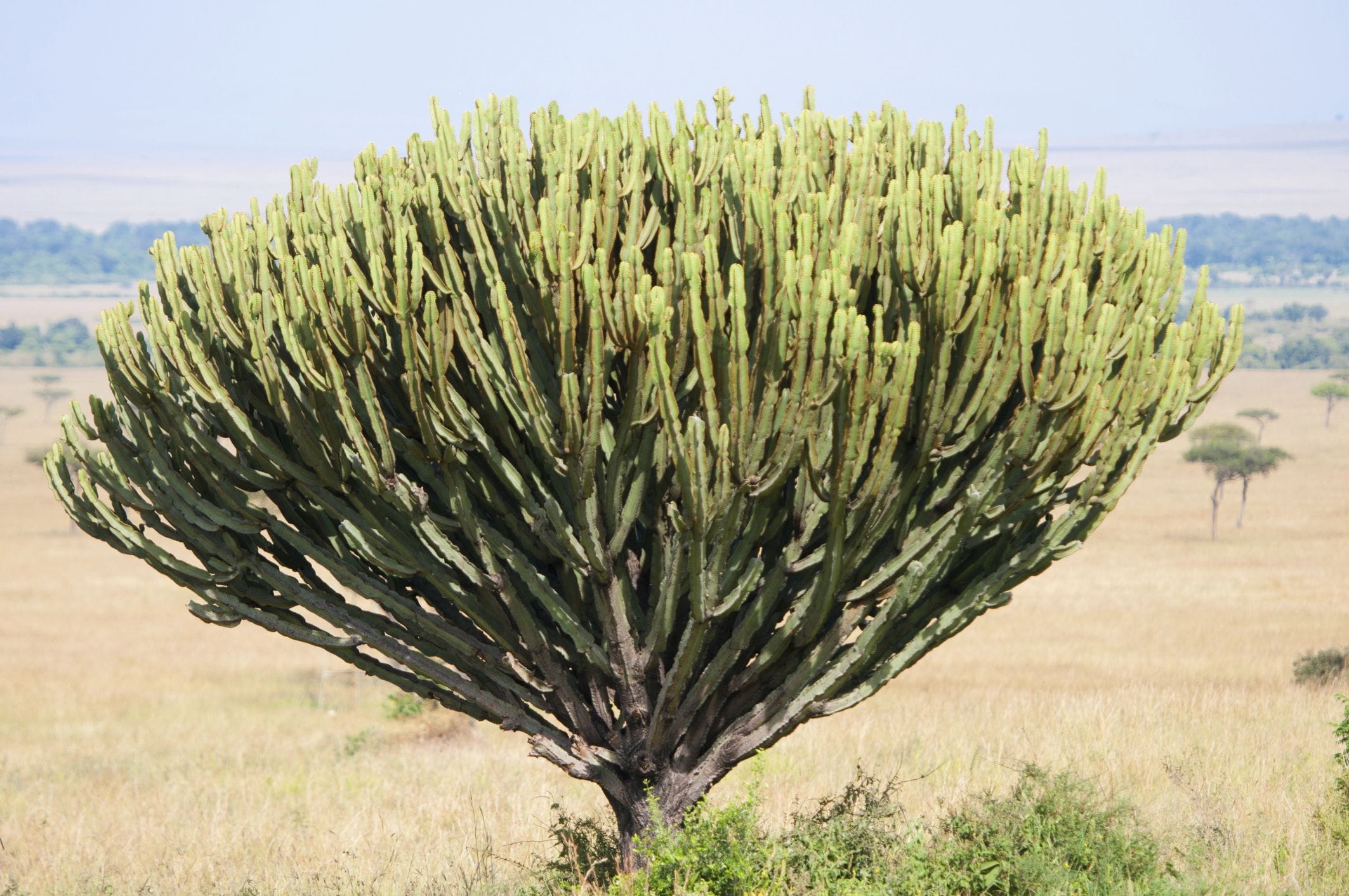
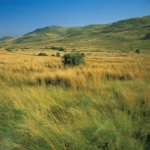
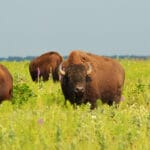

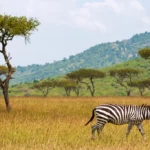
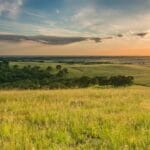











Comments are closed.